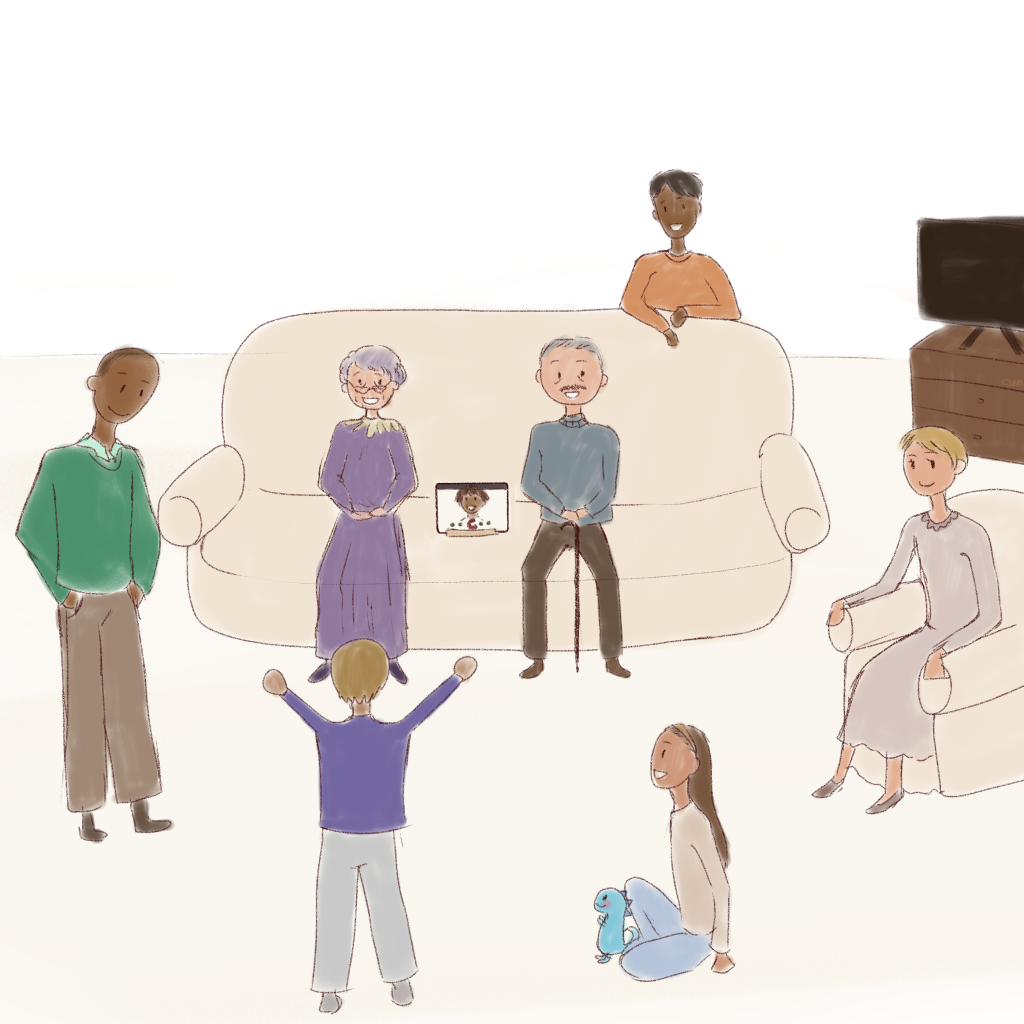Is there one right way to bring up a bilingual child?

There are many ways to foster bilingualism. There is not one best strategy!
To choose the strategy that works best for you and your child, follow the three pillars of harmonious bilingualism. Harmonious bilingualism is based on the importance of well-being for bilingual language acquisition.
1. Caregiver or caregivers
All caregivers should feel comfortable communicating with the child. A caregiver may have difficulties speaking in a language. If they feel obliged to speak in just that language, they might speak less to the child overall than they would in another language. It is best to speak in the language or languages caregivers can converse in without a care in the world.
2. Quality & quantity
Each language should be spoken in daily, meaningful interactive settings. A child may watch a TV show in one of their languages daily, but this is likely not good enough (too low quality). A child may interact with a babysitter in their other language one hour a week, but this is likely not enough (too little quantity). It is best if each language is used in rich language learning settings and frequently.
3. Child
The child should feel free to explore each language without being pressured. A caregiver may want their child to reply in one language, but the child may always use another. This may be because the child is most comfortable communicating in one of the languages. It is best to build up comfort in each language through fun activities. Nevertheless, you might find it important that the child learns both languages – more on that next week!
When the caregiver or caregivers, the quality-quantity of each language, and the child are all taken into consideration each family may have a different bilingual strategy. The strategy may even change over time. What is important is the harmony. Stressful, pressure laden situations are some of the worst for learning (and health). Go create your tailored-to-fit bilingual strategy!
The scientific sources for our comic:
De Houwer, A. (2020). Harmonious Bilingualism: Well-being for families in bilingual settings. Handbook of home language maintenance and development, 63, 83.
Sander-Montant A., Di Flumeri E., Necsa B. & Byers-Heinlein, K. (2020, July 6-9). Do all roads lead to bilingualism?. Virtual International Congress of Infant Studies.
